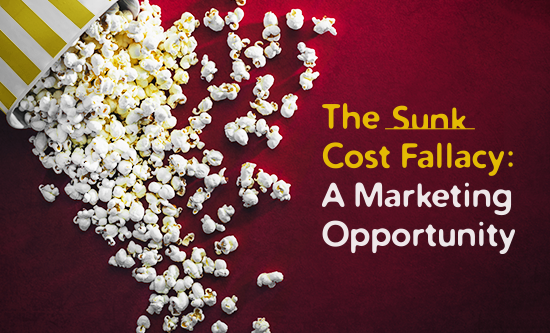
Suppose you have spent your entire life believing that motorcyclists are unpredictable, careless and blasé. One afternoon, whilst driving home, you see a motorcycle rider moving erratically through traffic. Instead of thinking that this rider just happened to be in a hurry, it’s almost guaranteed that your first response would be “see, I knew that all motorcyclists don’t obey the road rules and are careless!”. This self-validation of your pre-existing bias is what’s commonly known as the confirmation bias.
In simple terms, the confirmation bias refers to our tendency to search for and interpret information that matches with our existing way of thinking.
Following the purchase of almost any product or service, as consumers, we like to be able to rationalise our purchases. Whether it’s a chocolate bar that is rationalised as being an acceptable part of “cheat day” or a new iPad because “we want the highest quality tablet on the market”, post-purchase rationalisation helps us to confirm and justify our purchases. This process helps consumers reconcile the significant emotional investment, thereby allowing them to conclude that their purchase was a reasonable and prudent decision. In fact, regardless of any product shortcomings, it’s extremely unlikely for consumers to admit to poor decision-making due to their confirmation bias.
As marketers, it’s our job to help consumers confirm and rationalise their decisions. By providing a range of mechanisms for confirmation such as surveys, reviews and testimonials, we can help consumers to confirm their choices and avoid a dreaded case of buyer’s remorse.
If you can provide enough outlets for customers to confirm their existing ideas and beliefs post-purchase, sales conversions will inevitably follow. The three most tried and trusted measures to achieve this are:
- Provide your customers with social proof. Slipping a note into the delivery box that mentions how countless others also enjoyed their purchases could achieve this. If you’re lucky enough to get one, a quote from a celebrity that endorses your product would add prestige to this form of validation.
- Give your customers ample opportunity to submit a review about their purchase/experience. If possible, try to frame this offer in a positive light that’ll lead to confirmation e.g. “We hope you loved your recent stay with us in Naples! Help others choose the right accommodation by filling out this quick review .”
- Similar to providing customers with the opportunity to submit a review, letting them fill out a survey can be equally effective. A simple “Thanks for shopping with us! We know you have a flair for fashion and would love your opinion on your recent jeans purchase. Let us know your thoughts with a simple thumbs up or thumbs down”, can do the trick.
The ability for marketers to respond effectively to a consumer’s confirmation bias is a sure-fire way to boost engagement and increase conversions.
Instead of spending countless hours and marketing dollars on trying to sway people’s opinions, it’s much easier to support and facilitate their pre-existing biases.
By providing opportunities to rationalise and confirm choices, it’s likely that you’ll develop a customer base that feels good about your brand and will remain loyal well into the future.



